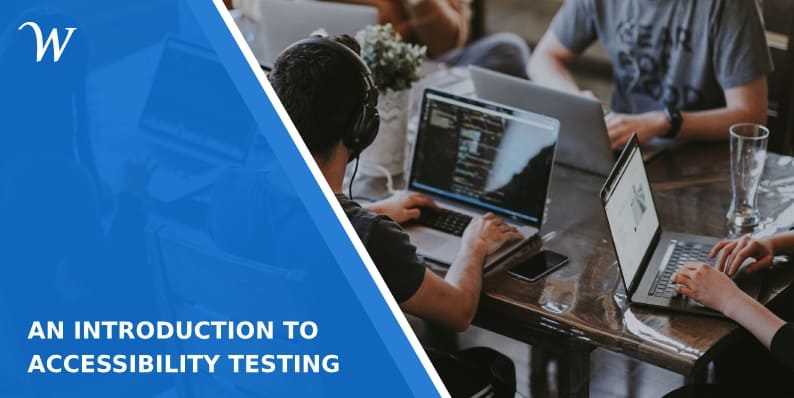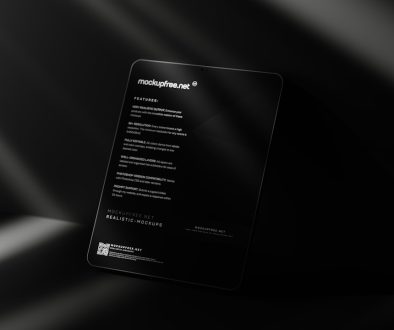An Introduction to Accessibility Testing
WordPress is the most popular content management system globally, with close to 46% of websites running on the platform. While WordPress offers a baseline level of accessibility for users with disabilities, less than 5% of all websites are fully accessible. Regardless of the web content platform you use, you need to perform accessibility testing on your website to locate and resolve potential issues and make your website available to more users.
This article will tell you more about accessibility for WordPress websites. We will also discuss how an accessibility checker can automate your testing process.

What is website accessibility?
Website accessibility involves developing, designing, and maintaining websites that can be used by everyone, including users with disabilities. It ensures that users can navigate a website, use its features, and have a positive experience while doing so. An accessible website considers the needs of people with visual, hearing, cognitive, motor, and other disabilities and has features that remove barriers to accessibility.
The Web Content Accessibility Guidelines (WCAG) are widely considered the benchmark for digital accessibility. Most countries’ accessibility laws refer to WCAG success criteria, which means that your organization should also consider the WCAG as you prepare for accessibility testing. Even when the law is silent on website accessibility, such as the Americans with Disabilities Act, many recent accessibility lawsuits have resulted in the complainant pledging to perform accessibility testing and content remediation to comply with the WCAG.
What is accessibility testing?
While there are no government-mandated accessibility testing guidelines, your testing methodology should take into account the WCAG success criteria as well as the type of media that is hosted on your website. For example, you should check if your WordPress website offers support for screen readers and keyboard navigation, including the presence of text headings and subheadings. You should also test it for color contrast and the presence of image alt text, video subtitles, and audio captions or transcripts.
Why should you use an accessibility checker?
You may perform a manual or automatic accessibility test on your website. Manual testing usually involves having a person with disabilities access your website and perform specific tasks such as using the keyboard to navigate through and between pages or having a screen reader read out the text. However, this approach takes a lot of time and effort and may not be practical for websites with hundreds or thousands of pages.
The other approach involves using an accessibility checker, which is a tool that scans your website and locates potential issues. For example, it can identify text-background color combinations that do not comply with the WCAG specifications of 4.5:1 for normal-sized text and 3:1 for large text. It can also look for images without descriptive alt text or text that is not organized into headings and subheadings.
Most accessibility checkers offer the option to remediate potential WCAG violations and generate a report that contains the violations and the actions that were performed to resolve them. WordPress websites, in particular, can benefit from accessibility checkers as these tools do most of the work at the code level, reducing the need to manually audit and remediate the code, minimizing the need to take the page offline while the fixes are implemented.
Both approaches have their strengths and weaknesses, but a hybrid approach will help you locate and correct most potential accessibility violations.

Accessibility testing: The key to inclusive WordPress sites
While WordPress as a platform has done much to promote web accessibility, there is a lot of work to be done to ensure that WordPress websites are accessible to everyone. Accessibility testing using the WCAG success criteria plays a huge role in this endeavor. While both manual and automated accessibility checking have their advantages and disadvantages, a mix of both methods will yield maximum results, helping you turn your WordPress site into a space that welcomes everyone, regardless of disability.
- How to Boost Your Casino Site’s Visibility with SEO - July 18, 2025
- What Makes Onboarding Workflow Software Effective for New Hire Processes? - February 11, 2025
- The Best Tools for SEO Analysis and Optimization - July 31, 2024
Where Should We Send
Your WordPress Deals & Discounts?
Subscribe to Our Newsletter and Get Your First Deal Delivered Instant to Your Email Inbox.



